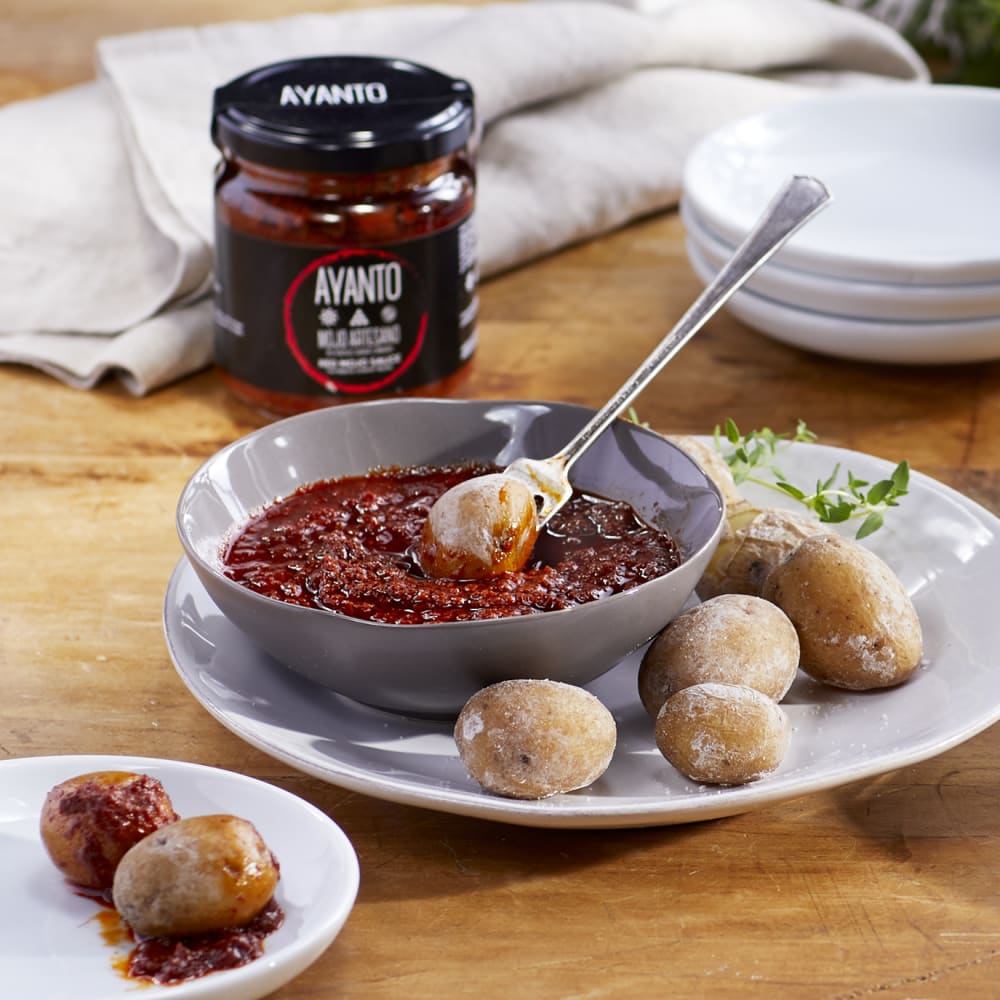Islas Canarias
by Don Harris | January 2010


Tell the truth, none of our family has been to the Canary Islands so far. Their remote location, an impediment for us to travel to as family, is just the reason why I hear the islands are so great. Nevertheless, I would still like to pass along what I have heard about these islands. It is a place I hope to visit very soon.
The Spanish often refer to the Canary Islands as the "Islas Afortunadas" because the sun shines practically every day of the year and the people do not have to worry about borders with other countries. The sky and the sea surround the island group, and their isolation has brought forth an amazing variety of fauna and flora so different from the Iberian Peninsula.
The capital, Las Palmas, was the first city founded by the Spanish and is a busy international port with a cosmopolitan air. The rest of the islands seem to resemble the Garden of Eden. As is the case with many island chains, the Canarias is a little world unto itself located east of Africa in the Atlantic.
In the north and west, the volcanic islands of Canarias have mountains that rise more than a mile high, with their slopes dropping sharply to the sea. In the south, the slopes of the land are more gradual and lead to inviting beaches. I understand that the dramatic high mountain scenery there alternates between old lush greenery of palm and coffee trees. Tomatoes grow next to banana trees and sugar cane. Fruits like pears, mangoes, strawberries and cherries also flourish here. In the south part, you will find a desert landscape and vast gently undulating beaches.
Spaniards and Portuguese came to know about the Canarias as they headed for the new world. Since their ships were dependent on the wind and the ocean currents, it turned out that the prudent way to cross the Atlantic was to go south from the Iberian Peninsula, get provisions in the Canary Islands and then head west.
When the Canary Islands were conquered by Spain in the 15th century, they encountered the native inhabitants, Los Guanches, who were light-skinned blond and blue-eyed people. Many of the men were almost 7 feet tall. With their families, they lived in caves and huts. They had a belief in the afterlife and mummified their dead. Amazingly, even though they were island people, they knew nothing about shipbuilding. Many think they were descended from the Berbers of Africa who may have moved there due to climate change on the Sahara.
The cuisine of the Canary Islands revolves around fish and seafood, which are plentiful. Unique to the region are papas arrugadas (made of potato), mojos (especially mojo picón), and wine from the malvasia grape.
Mojo is an orange, red or green sauce depending on its ingredients. Mojo Picón has a delightfully pungent garlic flavor and is moderately spicy. It is usually made of oil, vinegar, salt, red pepper, thyme, oregano, coriander and several other spices. It is the father of all the mojo sauces of Cuba, Puerto Rico, and Venezuela, due to heavy migration from the Islands.
Papas arrugadas (wrinkled potatoes) are small potatoes that have no skin. When they are boiled and salt water they become wrinkled, and are usually served with chicken and topped with a mojo. Another typical product is Gofio, a local flour created by grinding roasted corn, and added to many foods. It is the prime ingredient of doughy bread called pella.
As you can see, this is a tempting place to go where one can stretch out in the sun, climb the mountains or participate in their Carnaval, which apparently is the most animated in all of Spain. Maybe I'll see you there next year.
Related Articles

